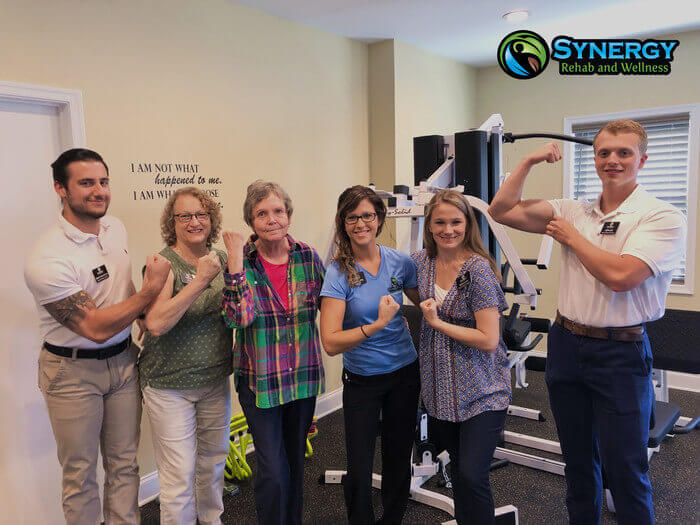If you have been struggling with hip and knee pain for very long, it may feel like your pain is here to stay. After all, can you really get any lasting relief from serious joint pain? Actually, you can, and physical therapy is one of the best ways to do it. With the right physical therapy treatments, you can lessen the pain you experience in your hips and knees – and possibly even eliminate it altogether.
How to Get Lasting Pain Relief – Physical Therapy for Hip and Knee Pain
Hip and knee pain can be so frustrating – it seems like no matter what you have to do if you move you are going to experience pain. But there are ways to reduce your pain over the long term. It may take some time and effort on your part, but physical therapy has proven time and again to help reduce hip and knee pain for patients of all ages and backgrounds.
Why does the pain relief you get from physical therapy last for so long? There are a few reasons, including:
- Getting to the source of the problem. If you just treat the symptoms of a hip and/or knee issue, you are almost guaranteed to see the problem pop up again later on. But if you can identify the source of the problem, you can actually treat what is causing the pain. Physical therapists have a process to identify the causes of hip and knee pain so that they can give you targeted treatments designed to get to the bottom of what is causing your pain.
- Making you stronger so you don’t sustain further injuries. One of the big frustrations with joint pain is that it never seems to fully go away. Even if you rest for a while and feel better, when you go out and start moving again the injury can flare up all over again. But with physical therapy exercises, you get much stronger than you were before. The added strength allows your muscles to better support your joints, so you are less likely to experience additional irritation in the joint.
- Helping you move in a healthier way. Many times the pain you are experiencing in your hip and knee is related to unhealthy movement patterns. They may have been learned over time or in response to an initial injury. Those unhealthy movements cause added strain on your joints and lead to further pain and injuries. Your physical therapist will help identify unhealthy movement patterns and give you the advice to replace those patterns with ones that will protect your joints from further injury.
- Making it easier to lead an active lifestyle. Chronic hip and knee pain can be improved significantly through regular exercise and a healthy lifestyle. Of course, you have to be able to move without significant pain to exercise – something that is made much easier by physical therapy. Your physical therapist can help you improve your hip and knee pain significantly and teach you ways to exercise so that you avoid injuring your joints. Through physical therapy, you can regain strength and mobility so that you can lead a more active lifestyle.
Let Us Show You the Benefits of Physical Therapy for Hip and Knee Pain
If you are currently struggling with hip and knee pain, we want you to know that we are here to help. Our physical therapy team can help you reduce your pain over the short term and the long term. Please contact Synergy Rehab & Wellness Center at our Verona, VA, or Waynesboro, VA location today to schedule an appointment with your physical therapy team and get the relief you deserve!


